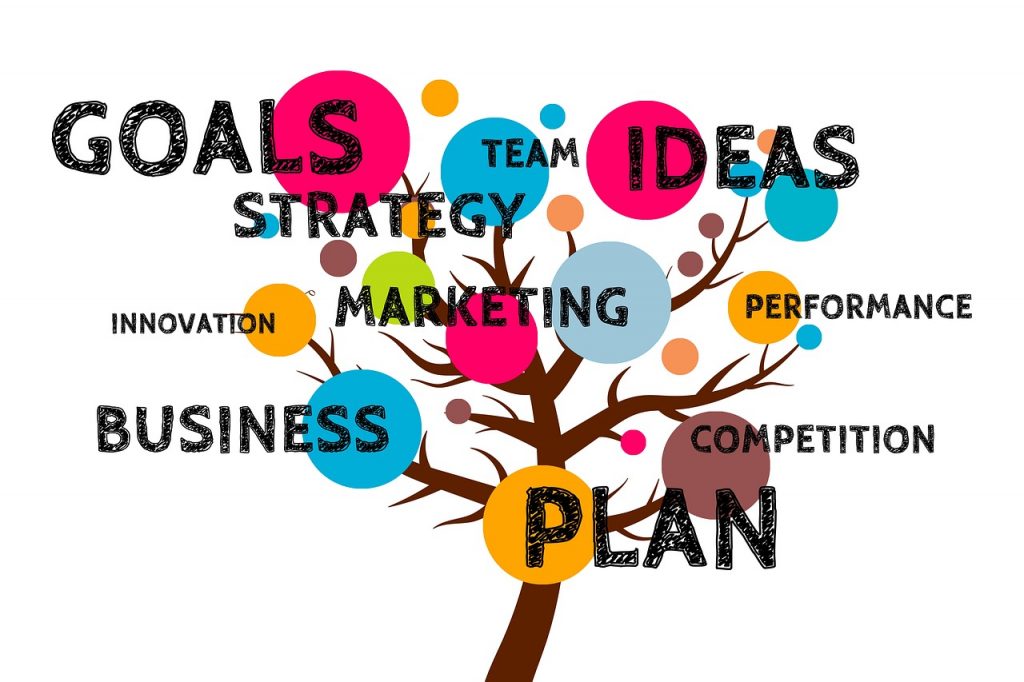The job market’s competitive landscape has taken on a fresh dynamic in the UK. With businesses vying for the crème de la crème of talent, the recruitment process has been thrust into the spotlight. At the centre of this process is a term that’s creating quite the stir: candidate experience. So, why is this experience so crucial, and how can companies refine it?
Understanding Candidate Experience
Before diving into its importance, let’s define what we mean by ‘candidate experience’. It refers to the perceptions, feelings, and reactions a job seeker has about an employer, based on their interaction from job posting to the interview process and even post-application feedback.
Why Does Candidate Experience Matter?
- Branding and Reputation: In an age dominated by social media and online reviews, a candidate’s poor experience can quickly become a public relations nightmare. A business’s employer brand is often shaped by past candidates’ shared experiences.
- Attract and Retain Quality Talent: Candidates who experience a streamlined and respectful application process will likely view the company in a favourable light. This positive perception ensures that high-calibre talent is both attracted to and retained by your organisation.
- Economic Impacts: A prolonged and inefficient hiring process can be costly. Furthermore, vacancies can cause operational disruptions. Enhancing the candidate experience often means a quicker hiring turnaround.
Tips to Improve the Candidate Experience
- Transparent Communication: Keep candidates in the loop. Whether it’s about expected response times or the next steps in the application, clear communication can set their minds at ease.
- User-friendly Application Platforms: Nothing deters a potential candidate faster than a cumbersome application system. Ensure that your online platforms are intuitive, mobile-friendly, and efficient.
- Prompt Feedback: Candidates appreciate timely feedback, even if it’s negative. It shows respect for the time and effort they’ve invested in the application.
- Set Clear Expectations: From the job advert to the interview process, clarity about what’s expected helps candidates feel at ease and allows them to better showcase their strengths.
- Humanise the Process: Remember, candidates are humans, not just CVs. Whether it’s through personable emails or a friendly interview atmosphere, make them feel valued.
- Consistent Experience for All: Whether you’re hiring for an entry-level position or a top executive role, the process’s consistency ensures fairness and keeps biases at bay.
The Long Game
Improving the candidate experience isn’t just a one-off effort. It’s an ongoing strategy that evolves as the job market and candidate expectations change. Businesses should periodically review and tweak their recruitment processes to ensure they’re offering an experience that resonates with current job seekers.
In Conclusion
In the hustle and bustle of the UK’s competitive job market, the candidate experience is a game-changer. It’s more than just an HR trend; it’s the foundation for a robust recruitment strategy. By focusing on the candidate’s journey and experience, businesses can not only find the right fit faster but also promote a company culture that values each individual, right from the first interaction.
OUR FOCUS ON LONG-TERM PARTNERSHIPS
At re:find we have been in Executive Search for over 20 years. We believe that recruitment is not a one-off transaction but rather a long-term partnership. We aim to build long-term relationships with our clients, providing ongoing support and advice to help them find and retain the best talent for their organisation.
In addition, as a business, we understand that every organisation is unique and that there is no one-size-fits-all solution when it comes to recruitment. That’s why we offer bespoke recruitment solutions that are tailored to meet the specific needs of each client. Whether you need help with a single hire or a full recruitment campaign, we can help.
We are committed to providing our clients with the highest quality service. As part of this, we ensure that we take the time to understand your organisation’s culture and values, as well as the specific skills and experience needed for each role.
For more information on our executive search practice and our CCS framework please get in touch with our Managing Director, James Cumming.





